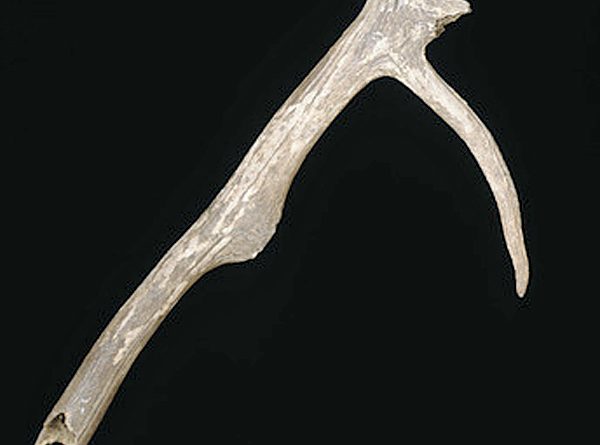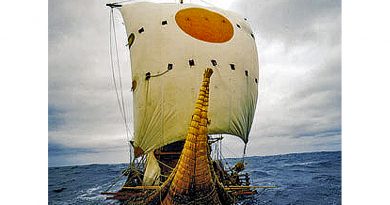Antler Picks that built Ancient Monuments – yet there is no real evidence of this achievement
“Science never solves a problem without creating ten more” – George Bernard Shaw
“Antler Picks” – From Oxford Dictionary of Archaeology
“A type of tool found widely among the sites of Neolithic communities in North-Western Europe. They are formed from a red-deer antler from which all but the brow tine has been removed; the beam forms the handle, and the brow tine the ‘pick’. They were used for excavating soil and quarrying out stone and bedrock. The marks left by their use have been detected on the sides of ditches, pits, and shafts. Experiments suggest that they were used rather more like levers than the kind of pickaxe that is swung from over the shoulder.”
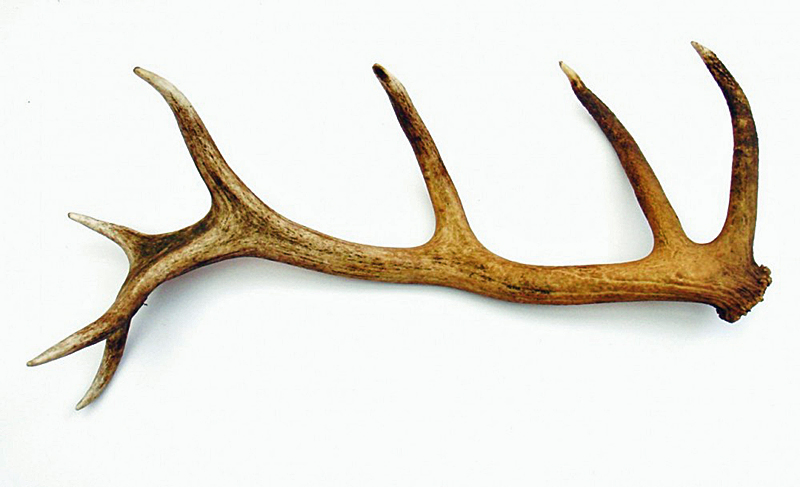
If you read any book or watch a program about archaeology and the construction of their monuments and sites, you will hear the experts talk about the findings of antler picks in the general vicinity and link the building with these objects. As the description above indicates, these ‘tools’ are from red deer, which shed these natural growths annually.
According to archaeologists, this was the primary tool of prehistoric people – a natural resource that became a handy tool in excavating the ditches and digging holes in the chalk bedrock that surrounded most of their sites. This is where the Victorian term ‘antler picks’ originates and still exists today, but for an unknown reason, this tool has now changed its use (but not its name), as archaeologists have now realised that if these ‘antlers’ were used to cut into hard bedrock chalk, they would leave blunt ends and scars from flint re-sharpening, which there is no evidence. So ‘Antler picks’ have now turned into ‘Antler levers’ although the wording has remained the same – confused?
That’s archaeology for you!
Yet, if you look at any prehistoric report about the monument’s construction, you find a degree of ‘acceptance’ that antlers were used as the primary source of digging out the chalk downlands. For example, here is a typical report from English Heritage’s ‘bible’ (Stonehenge in its landscape, 1995, cleal et al.) and the use of Antler picks.
“Over 130 antler implements are known to survive from excavations by Gowland, Hawley and Atkinson et al. Antler implements have frequently been associated with Neolithic and Early Bronze Age monuments in Britain located on chalk or limestone, and it is generally assumed that they were the principal implements used in the digging of ditches, postholes and stone holes.”
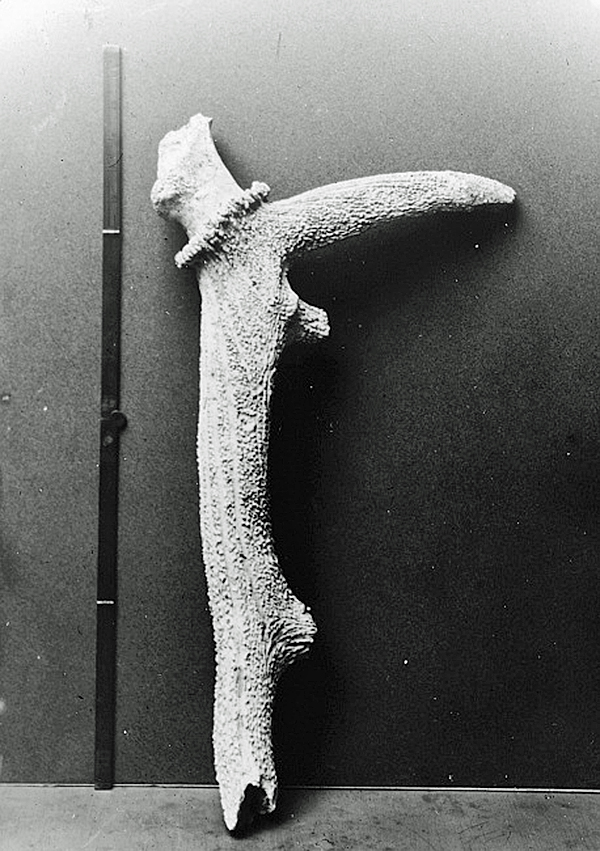
In a paper on Neolithic engineering, Atkinson (1961) wrote, ‘the tools used – antler picks, bone wedges and occasionally stone axes – are well-known and require no further discussion’ However, some of the generalisations made in the literature about antler implements require modification in the light of the finds from Stonehenge.”
The first thing you notice is the complete arrogance of Atkinson with the comment ‘are well-known and require no further discussion’ for this was the archaeological opinion in the ’60s, 70s and even ’80s. This was when monuments such as Stonehenge were ‘scientifi cally dated’ and were accepted beyond any doubt, but as the line added after by English Heritage (EH), this was far from the truth. ‘require modification’ is a politically correct way of suggesting that Atkinson was utterly wrong.
The report continues, “The 118 antlers and antler fragments in Salisbury Museum constitute about 87% of the known extant collection. Measurements were taken following Clutton-Brock(1984). Some were taken on those parts of the antler which were unmodified, and from these, it is possible to estimate the size of the animals from which the antler was obtained. Additional measurements of cultural significance were taken, including the length of the pick and the between the used ‘tine’ and the beam.”

The ‘tine’ is the ‘horn’ that comes off the central antler column after the ‘head connector’ called the ‘base’ or shed; it is thicker and the hardest antler horns. There are usually three ‘tines’ on an antler – the Brow (first after the base), the Bez (second after the base) and the Trez. After the three ‘Tines’ comes the larger crowns, which are longer but much thinner.
Here comes EH’s first admission that the myth is still dominant today even amongst the knowledgeable archaeological community “Popular works have tended to oversimplify the antler tools and perpetuate some interpretations, which do not stand up to scrutiny. Examinations of the assemblage from Stonehenge have shown that the methods of modification and the forms of the picks are more varied than has hitherto been appreciated.
What on earth are they going on about?
The Victorian Archaeologists found antlers all over Stonehenge and in the ditches that had filled up over the years, so the conclusion as it was ‘perceived’ that metal had not been found at the time of these monuments construction is that these instruments must have been used to dig the ditches and holes of these monuments – but there are practical problems to this idea if you look closer!
The only antler that could break the solid chalk successfully is the harder ‘tines’. The problem with the tines is that they all grow the same way, so they would not allow a clean strike at the chalk bedrock if used as a ‘pick’ unless you removed two of the three tines. And hence the ‘gobbledygook’ sorry line in the EH report that says ‘methods of modification, and the forms of the picks are more varied than has hitherto been appreciated.
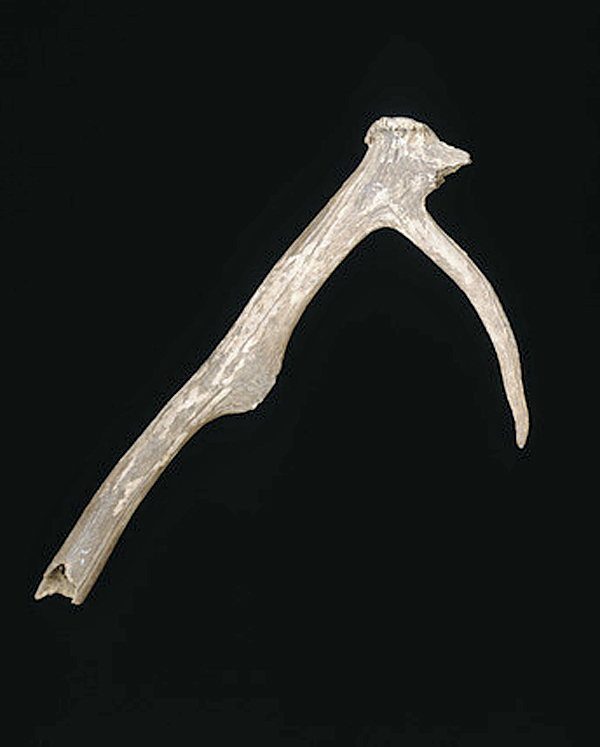
If we see systematic use and preparation of these tools as has been suggested by archaeologists in the past, we should see two clean cuts with a stone axe or cutter to ‘prune’ the antler and the third that is used to smash the chalk broken by the constant compression – but we don’t!
Of the 118 antler picks found at Stonehenge, 82 antlers had the harder tines attached. Of the 82 with tines, only 25 had the other two smaller tines removed; only 21% of the antler finds. However, remember this was the entire finds for Stonehenge, which archaeologists have suggested was constructed in Three Phases over 700 years.
Phase I – was the ditch, bank and Aubrey holes, which would have contained the Bluestones from Wales. It has been estimated that a total of 87,000 cubic feet of chalk taking (at least) 30,000 working hours was removed in this phase. According to the location of the discarded antlers, there were only seven antlers that had their bases and the strongest tine attached, producing the most efficient tool possible. This would mean that each whole antler had removed 12,429 cu. feet without damage.
An impossible task?
Sadly, even more impossible than this massive figure suggests is that we have not considered the size of the antler. The bigger, the better for, the longer the antler, the better the levering motion to remove chalk blocks. This being the case, they must have used the giant antlers possible, especially when you consider that the number of Deer in Britain in prehistoric times is far greater than today and ‘bucks’ shed their antlers on an annual basis. At present, there are 1.5m Red Deer in Britain – even with the exact size of the population in prehistoric times, the builders of Stonehenge would have at least half a million antlers per annum to collect and use.
Consequently, only the largest antlers should have been available ‘to an organised society to select?
I state this fact, as we know that this same civilisation could muster a group of people to not only dig out 87,000 cubic ft of chalk but also obtain 56 Bluestones 200 miles away from the Preseli Mountains in Wales – so the collection of antlers which over the years must have shed millions must have been a simple matter.
However, the evidence shows that this was far from the truth. The distribution analysis shows that their size varies significantly from the number of antlers found. For example, the average circumference of a typical antler found at Stonehenge is just 210mm (8.5”) this is a diameter of 66mm (2.7”) – some antlers are as small as 150mm in circumference or diameter of 48mm (less than two inches) compared to the largest of 299mm in circumference or 48mm (nearly 4 inches), and that was a single one.
But was this a comfortable size to hold?
Possibly so, depending on the size of the person. However, what is not disputable is the leverage of the tool; the longer the hand axe, the greater the gauging and leverage on removing the chalk blocks?
The statistics we have from English Heritage ‘could be much better’ as they measure only the distance between the bur (the thickest part attached to the head) and the trez, which is the third tine up from the base. The Trez is not the strongest tine on the antler – that is the Brow. However, there are so few antlers cut to this correct and more effective way that EH decided this unorthodox method to compare sizes – even so, we can see how these antlers were not selected for their size. The Average size (distance from Bur to Trez) was 190mm (7.5”), so as small as 110mm (4”) – compared to the largest again available of 410mm (16”).
With millions of antlers on the floor, why would you use anything smaller than the average thickness or length and would you not be inclined to go for the largest possible?
This strange lack of evidence can also be seen in other monuments where even greater numbers of ‘antler picks’ would be required but have not been found, such as Avebury, which has one of the largest a monument in Britain it contains three stone circles within. Current archaeological estimates suggest that it took 1.5 million working hours to build the Avebury monument, which includes 3.4 million cubic feet of chalk, forty times larger than Stonehenge – so we times more Antler picks (3200), in theory.should find forty
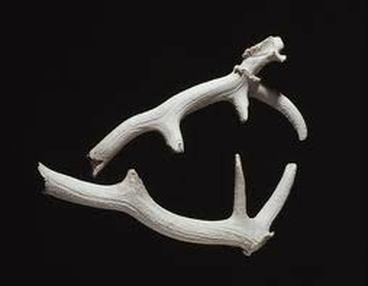
For more information about British Prehistory and other articles/books, go to our BLOG WEBSITE for daily updates or our VIDEO CHANNEL for interactive media and documentaries. The TRILOGY of books that ‘changed history’ can be found with chapter extracts at DAWN OF THE LOST CIVILISATION, THE STONEHENGE ENIGMA and THE POST-GLACIAL FLOODING HYPOTHESIS. Other associated books are also available such as 13 THINGS THAT DON’T MAKE SENSE IN HISTORY and other ‘short’ budget priced books can be found on our AUTHOR SITE. For active discussion on the findings of the TRILOGY and recent LiDAR investigations that is published on our WEBSITE you can join our FACEBOOK GROUP.

